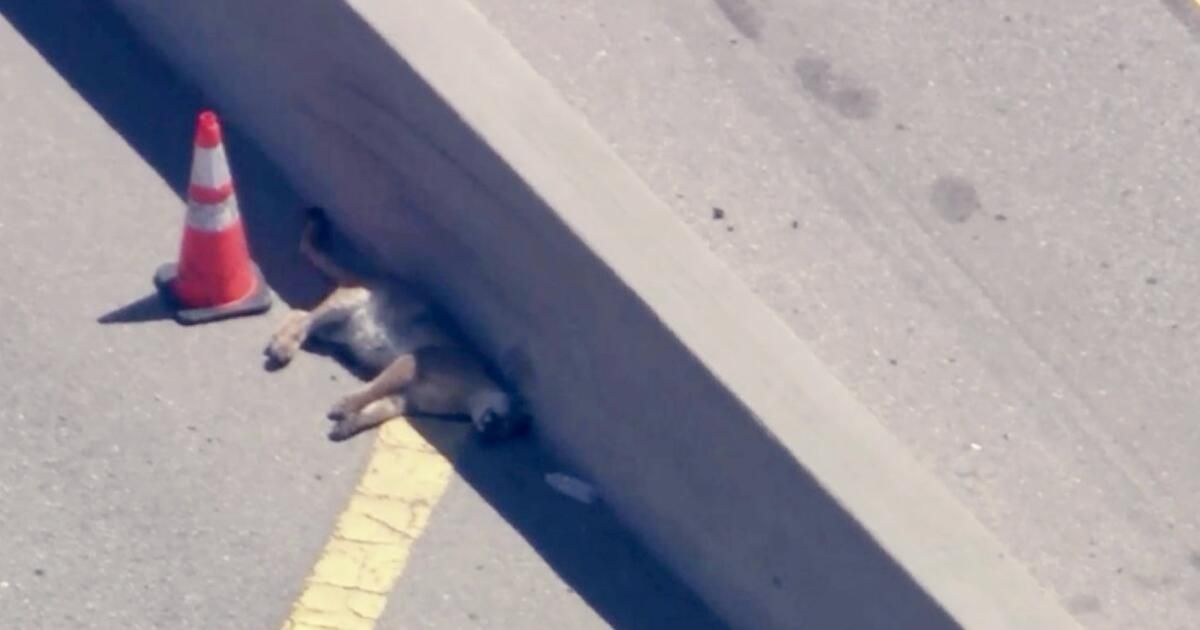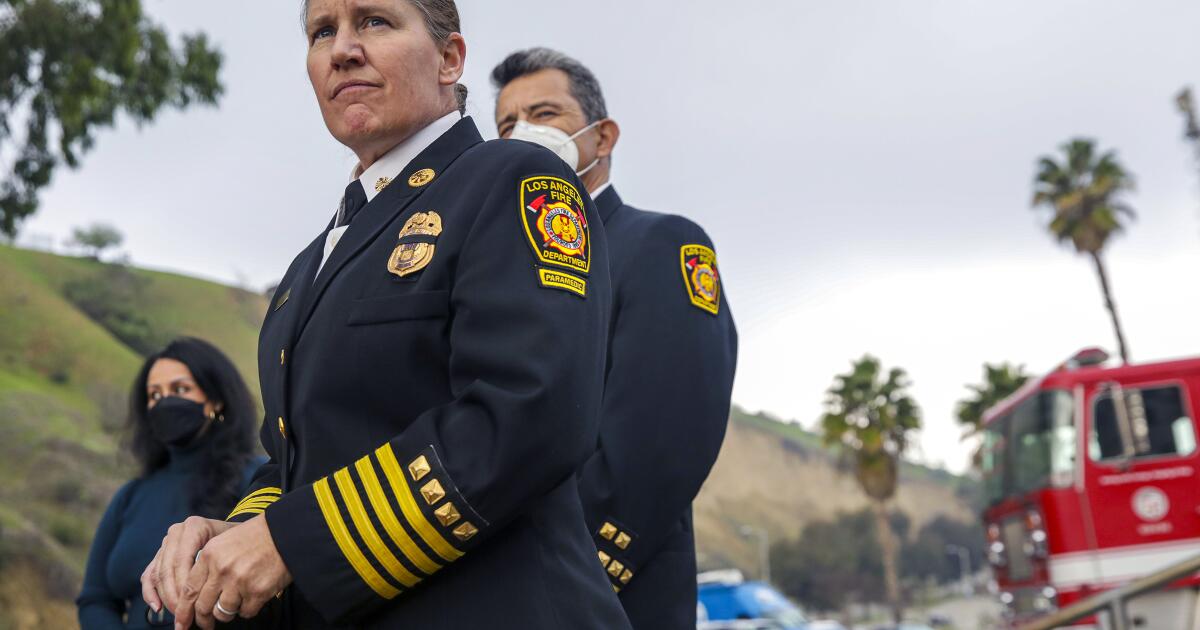On July 4, a dead cougar was found on the northbound side of the 405 Freeway near the Getty Center. Less than a month earlier, another dead cougar was discovered on the 101 Freeway in Agoura Hills.
One of them was apparently killed by a vehicle. The lion on the 405 was also likely hit, but has not yet been necropsied. It is one of a growing number of road deaths of these majestic animals. In the 22 years that the National Park Service has been collaring and tracking local mountain lions, 44 have died on nearby roads. Only 13 of those lions were collared and in the study. The others, including the two lions killed last month, were not in the study that tracks lions in and around the Santa Monica Mountains.
The Agoura Hills lion was killed near the modern wildlife crossing under construction over the dangerous 101, scheduled to open in 2026. The lion found on the 405 was not far from the Sepulveda Boulevard underpass, which animals sometimes use and is safer than crossing the freeway.
Wildlife crossings are the only way for all kinds of creatures to safely cross roads and highways in some areas. But there are other ways to help improve wildlife safety. For example, experts say placing more fences strategically near roads could deter mountain lions and other animals from crossing dangerous roads and also serve as indicators of wildlife crossings that include paths along bridges as well as culverts and underpasses. For mountain lions in particular, crossings offer an essential connection between patches of habitat so they can roam and mate.
Over the past two decades, National Park Service biologists and Caltrans have worked to improve crossings and build fences along stretches of roads and highways, such as along one side of the 405 from just north of the Mulholland Bridge to where Sepulveda Boulevard crosses under the freeway near the Getty Center. Caltrans often does this kind of wildlife mitigation when it undertakes a major road project. But it can be a challenge to create the perfect fence — tall enough to prevent a mountain lion from catapulting over it (they can jump as high as 12 feet) and close enough to the road to deter the animals.
When State Route 23 was being widened between the 101 and 118 freeways more than 15 years ago, researchers recommended that Caltrans raise the existing fence from six feet to eight feet. Now, scientists believe the new fence should be as high as 12 feet. And not all fences along 23 are close enough to the freeway. If they are too far away, animals manage to jump them and then continue onto the freeway. Fences are most effective if they are as close to the road or freeway as possible.
And while you should prevent animals from getting on the road, you should not prevent them from getting off of it. In some places, fences have curved tops that face away from the highway so that animals on the road can climb over the fence to safety, but animals on the land side of the road will not want to climb or jump over it. There are other methods to make a fence easy to climb on one side and a deterrent on the other. On one fenced portion of the 405, there is a dirt ramp built up to the fence on the highway side that gives an animal a higher starting point to jump a tall fence to the land side.
Although mountain lions and other animals are killed crossing the 405 and 101, most deaths occur on smaller, less-trafficked roads, such as Highway 126, Kanan Dume and Malibu Canyon. Even mountain lions flee the traffic, noise and lighting of the big highways. But it would be logistically, aesthetically and probably politically difficult to fence the length of those roads. And the reality is that mountain lions need to cross them to get around the Santa Monica Mountains. It's one of the unavoidable dangers of being a mountain lion in that area.
Still, we can make roads less dangerous for them. Figuring out what types of fences and level crossings work best to protect and help animals is a work in progress and can be expensive. Installing and maintaining a fence can cost hundreds of thousands of dollars (if not a million sometimes).
But investment is necessary if we want the region's remaining pumas and other animals to thrive and roam safely.












